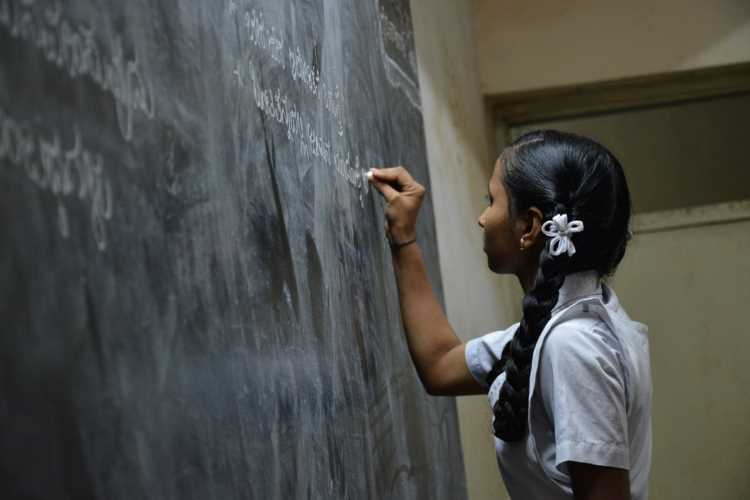
Schools, colleges and other academic institutions world over are going online because of the new coronavirus outbreak. While this is happening seamlessly in technologically advanced countries such as the United States and China, the situation has exposed India’s limitations. The biggest constraint in delivering classes online has been the lack of computers and connectivity for students from socially and economically deprived communities, not to speak of the students and teachers whose homes lack space. Another major constraint is a total lack of frontier education technologies for delivery even in important learning centres of the country. Though, of course, it is during the current pandemic that these gaps have caught our attention, technological upgradation in the delivery of higher education requires serious policy attention.
With the gross enrolment ratio in our secondary schools having crossed 90% in the last decade, the GER in higher education sector has increased from 5% in 1960s to 21.1% in 2012-13. With this, India has entered the initial stages of the massification of higher education that has been a preserve of the elite, says NV Verghese in his working paper Challenges of Massification of Higher Education in India (2015). Though the education expenditure of the state has witnessed a steady increase over years, it failed to catch up with the rising aspirations of the millions seeking quality higher education. Paradoxically, as the lower classes and social groups have entered into the field of higher education, the same is being delivered largely by private educational institutions, and the recent NSSO survey reveals that families have been spending an increasing share of their income on education.
READ: Surviving Coronavirus scare: A wish list for Indian economy, industry
As part of the expansion of intake in the higher education system at the University of Delhi, there has been a large allocation for procurement of laptops by colleges. In many of the colleges, for reasons unknown, the laptops have been stacked in store rooms, reducing them to a state of disuse. Can’t there be effective regulations towards releasing these laptops to the needy students? Some sort of immediate training has to be given to the faculty both concerning the making of material as well as delivering online lectures. Why is it that while economies like China can swing to the online mode at a fast pace, we have not been able to keep pace?
READ: Coronavirus: India should draw from past experience in fighting pandemics
Even as the online education space is being usurped by a set of private corporates, there has not been any tangible response from any of the statutory bodies. Even when a lot of material is being produced by agencies like NCERT, the technology in vogue in their studios is obsolete and lacks appeal among new learners. While the quality of the NCERT material is excellent, they cannot match up to the technology offered by edu-tech companies like Khan Academy, Byju’s Classes and others. Incidentally, just a stone’s throw from the NCERT campus is the NUEPA that has all the modern techniques and a faculty that is well-equipped in online learning. Inability of these agencies to work together brings out a classic case of co-ordination failure between two government institutions. Better co-ordination between these two institutions, particularly their technology sections, would enhance the quality of delivery.
READ: Coronavirus outbreak: Farm sector will be the hardest hit
Even when it is a matter of pride that IGNOU, the People’s University, has played an enviable role in the expansion of higher education at modest charges, and takes credit for nurturing so many students worldwide, none of its main graduate and post-graduate courses have online video lectures. This would have been a far better solution compared with its highly irregular and erratic interactive classes in regional centres. India is the second largest market for massive open online courses after the United States. Even as the massification of higher education happens, there should be no compromise on the quality of education being offered. IGNOU which has done the country proud should act quickly and enter into the new phase.
There are limits to which the upscaling of higher education could happen in the traditional “concrete, chalk and board” scheme of things, given the growing demand and aspirations of the millions. With around 30 million students, 0.70 million teachers and 36,000 institutions (in 2012‐13), India has the second largest higher education system in the world after China.
Indian higher education sector faces the unenviable challenge of higher levels of massification, while at the same time maintaining quality and rigour. This requires a technology solution to extend a helping hand.
Krishnakumar S is a New Delhi-based economist. He teaches economics at Sri Venkateswara College, University of Delhi.

